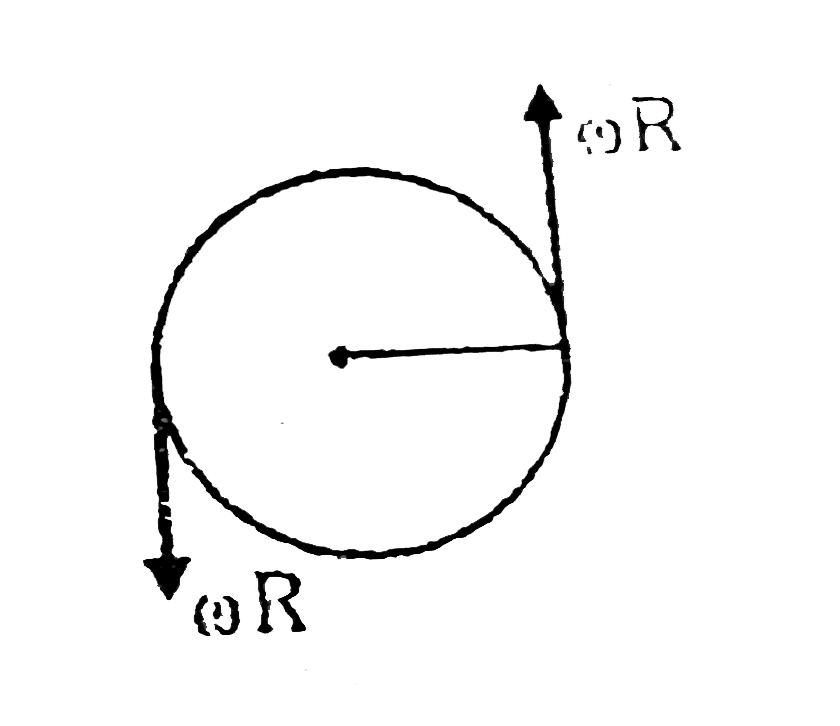For a body in circular motion with a constant angular velocity, the magnitude of the average acceleration over a period of half a revolution is … times the magnitude of its instantaneous acceleration.
A
2π
B
π2
C
π
D
2
Video Solution
Text Solution
The correct Answer is:A
ω= constant, aT=0
[2ω2rxπ,ω=2πT,T2=πω]
aav=2ωRπ/ω=2ω2Rπ,ainst=ω2R
So radio =aavainst=2π

|
Topper's Solved these Questions
- KINEMATICSBOOK - ALLENCHAPTER - KINEMATICSEXERCISE - EXERCISE-02
57 Videos
- KINEMATICSBOOK - ALLENCHAPTER - KINEMATICSEXERCISE - EXERCISE-03
6 Videos
- KINEMATICSBOOK - ALLENCHAPTER - KINEMATICSEXERCISE - Integer Type Question
3 Videos
- ERROR AND MEASUREMENTBOOK - ALLENCHAPTER - ERROR AND MEASUREMENTEXERCISE - Part-2(Exercise-2)(B)
22 Videos
- KINEMATICS (MOTION ALONG A STRAIGHT LINE AND MOTION IN A PLANE)BOOK - ALLENCHAPTER - KINEMATICS (MOTION ALONG A STRAIGHT LINE AND MOTION IN A PLANE)EXERCISE - BEGINNER S BOX-7
8 Videos
Similar Questions
Knowledge Check
For a body in circular motion with a constant angular velocity, the magnitude of the average acceleration over a period of half a revolution is how many times the magnitude of its instantaneous acceleration?
A1πB2πC5πD3πA body moves with constant angular velocity on a circle. Magnitude of angular acceleration
ArωBConstantCZeroDNone of the aboveIn the above question, the magnitude of the average acceleration over the arc of 60∘ is
A10m/s2B11m/s2C11.5m/s2D12m/s2
A body executing uniform circular motion has at any instant its velocity vector and acceleration vector
View SolutionA particle moves on circular path of radius 5 m with constant speed 5 m/s. Find the magnitude of its average acceleration when it completes half revolution.
View SolutionThe average acceleration over on period of oscialltion for a simple harmonic motion is
View SolutionThe magnitude of average accleration in half time period in a simple harmonic motion is
View SolutionIf a body moves along circular path of constant radius, then the magnitude of its acceleration will be
View Solution